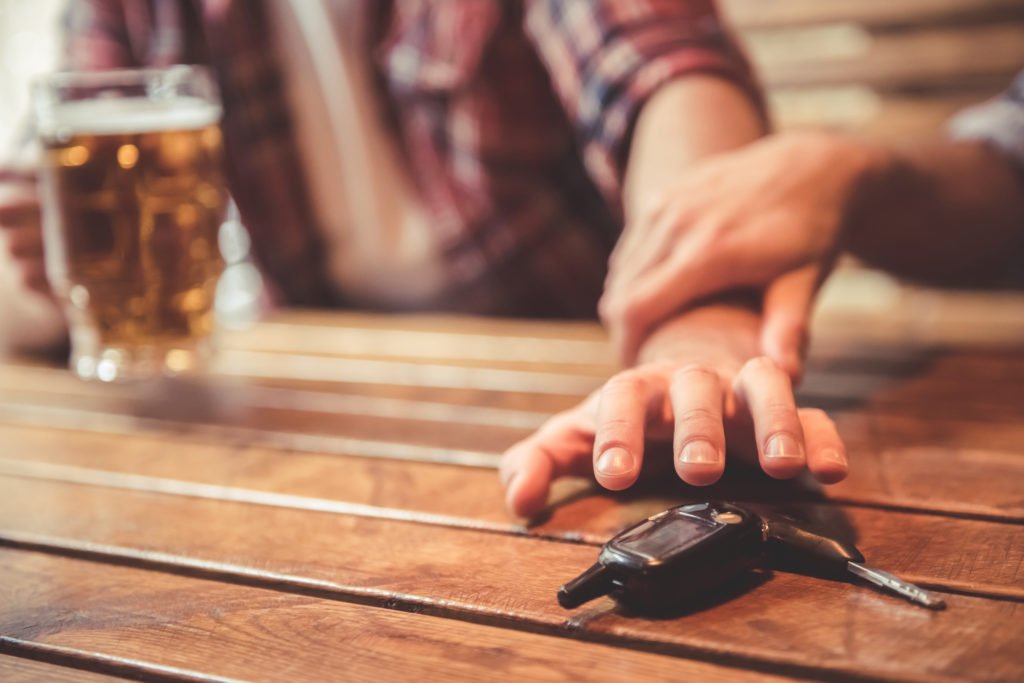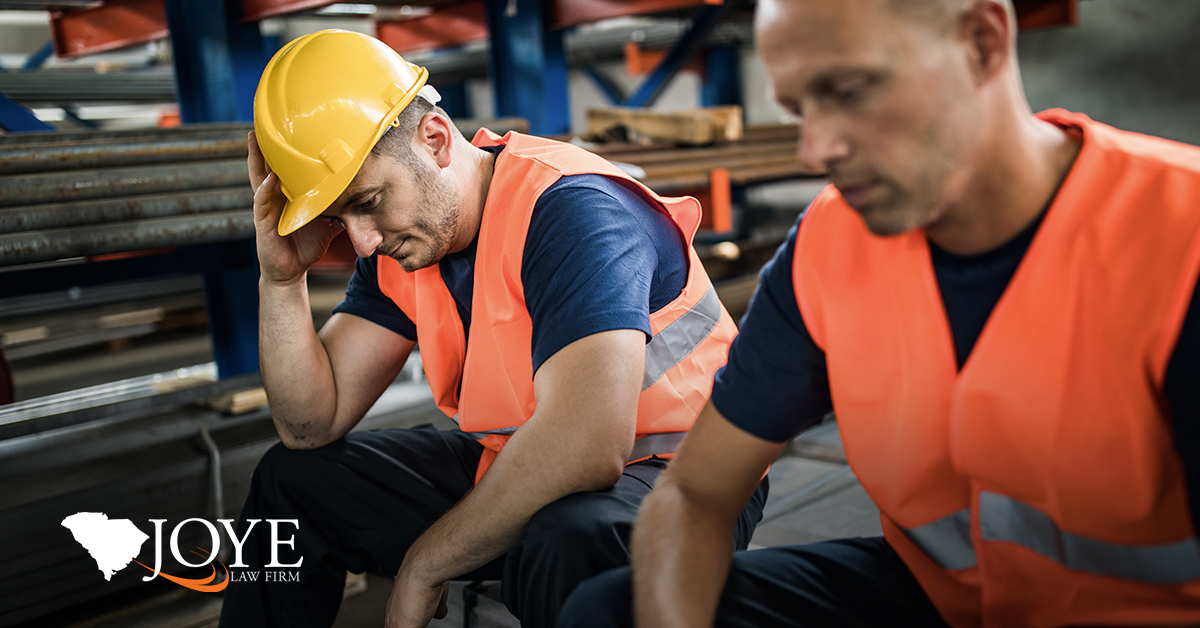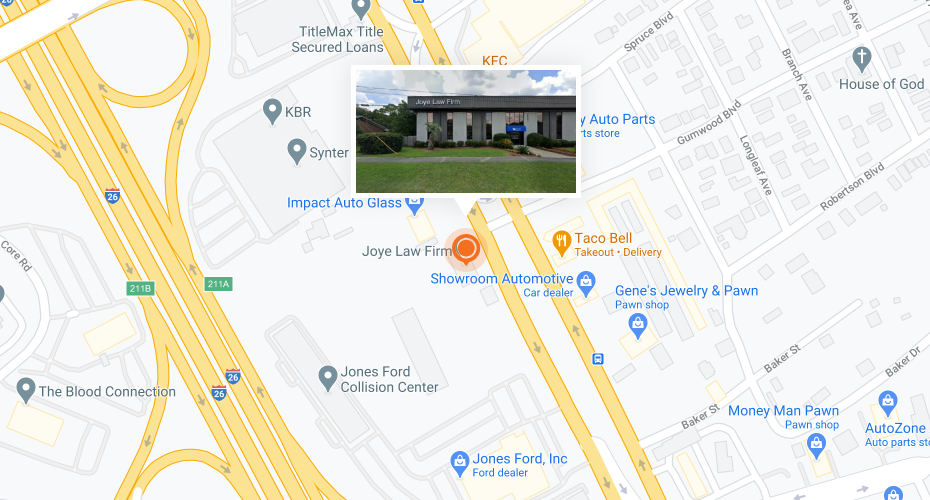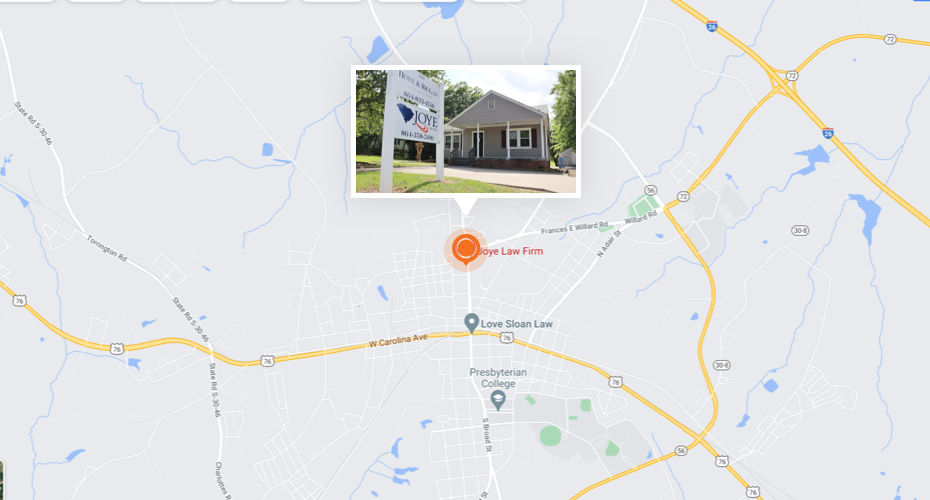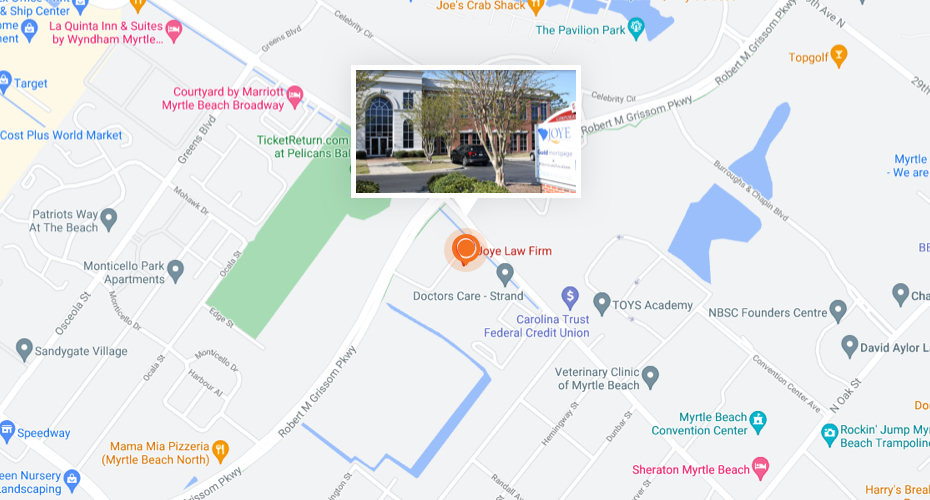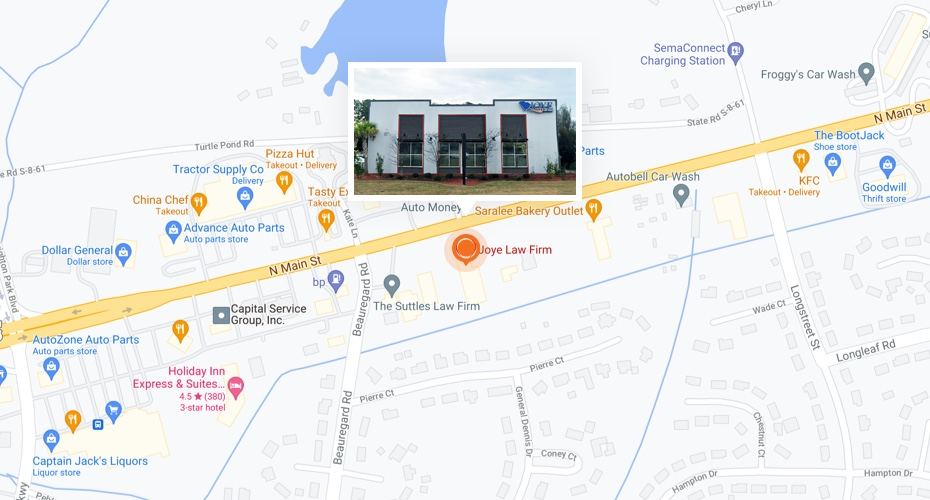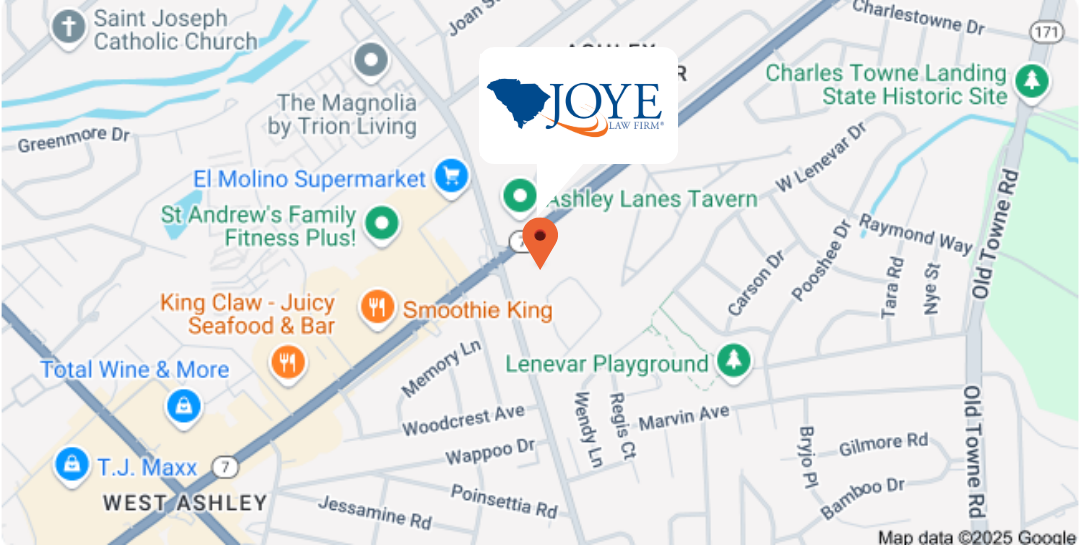People who are involved in a collision with a tractor-trailer sometimes survive the initial impact only to face another terrifying hazard: fire.
Many tractor-trailer manufacturers place 150-gallon aluminum gas tanks outside the truck frame on each side of the tractor just below the driver and passenger doors.
These side-mounted tanks on heavy trucks are unprotected in a collision and pose an established high risk of fire and injury. When their thin membrane punctures during an accident, leaking fuel can ignite from sparks, often from a compromised battery. Flames then can engulf any vehicle that collides with the truck.
The fuel tanks of large trucks should be crashworthy in the event of a collision and not pose an unreasonable danger of fire and explosion. A truck with a defectively designed side mounted fuel tanks may be a serious fire safety hazard.
An analysis of Kentucky motor vehicle crashes from 2000 and 2009 found that large trucks were more likely to catch fire in high-speed collisions. The author of the study, Dr. Terry Bunn, director of the Kentucky Injury Prevention and Research Center at the University of Kentucky, said two explanations for the greater likelihood of fiery crashes involving large trucks are the impact force of a semi-truck in a collision and the placement of fuel tanks on trucks.
Bunn said the fuel tanks are less protected on large trucks than other vehicles and the crossover lines between the two fuel tanks may rupture or puncture in a collision and increase the risk of fire.
A 2012 report to the National Institute of Occupational Safety and Health described a fatal accident involving a truck driver who burned to death after his tractor-trailer crashed into a concrete median on the interstate and burst into flames. When the truck scraped the concrete barrier, the side mounted aluminum fuel tank came into contact with the median, generating friction and sparks, causing the tractor to catch fire.
How dangerous are side saddle tanks?
The most notorious side saddle tanks were actually produced for a passenger pickup truck, the Chevy C/K. From1973-87, Chevy sold approximately 10 million of these trucks. Internal company documents and Chevy testimony showed the manufacturer knew the design was prone to fiery explosions during side-impact crashes. Similar designs were considered and rejected by competing manufacturers because of the fire hazard.
Clarence Ditlow, executive director of the Center for Auto Safety, said the side saddle design was like, “taking the human heart and putting it outside the chest. The heart is protected by the ribs, and the fuel tank should be protected by the frame.”
When lawyers deposed Chevy engineer Edward Ivey about a cost-benefit analysis done on Chevy burn victims, they asked whether there was a less safe place to position the tank. He responded, “Well, yes… You could put it on the front bumper.”
Despite hundreds of lawsuits and a National Highway and Traffic Safety Administration investigation, the government took no real action until the 90s when investigators uncovered additional evidence of Chevy’s willful negligence. Investigators found that Chevy was unwilling to spend more than $2.20 per vehicle to improve safety, citing it was more cost-efficient to accept the risk of Chevy drivers being burned alive.
Chevy refused a voluntary recall, sued the government, and eventually paid a settlement that would go toward other government safety programs. Chevy never had to recall the vehicles. By 2009, 2,000 fire crash deaths, widely considered an underestimate, had been attributed to the Chevy C/K.
A similar side-saddle design exists today in 18-wheelers. They hang at about the same height as the front bumper of a passenger vehicle. Though the diesel fuel used by tractor-trailers is far less combustible than the gasoline of the Chevy C/K, the risk persists. Examples of tractor-trailer fuel tanks exploding during accidents are, sadly, easy to find. Safer designs do exist, and truck manufacturers have a responsibility to manufacture vehicles that are safely designed.
Source:




